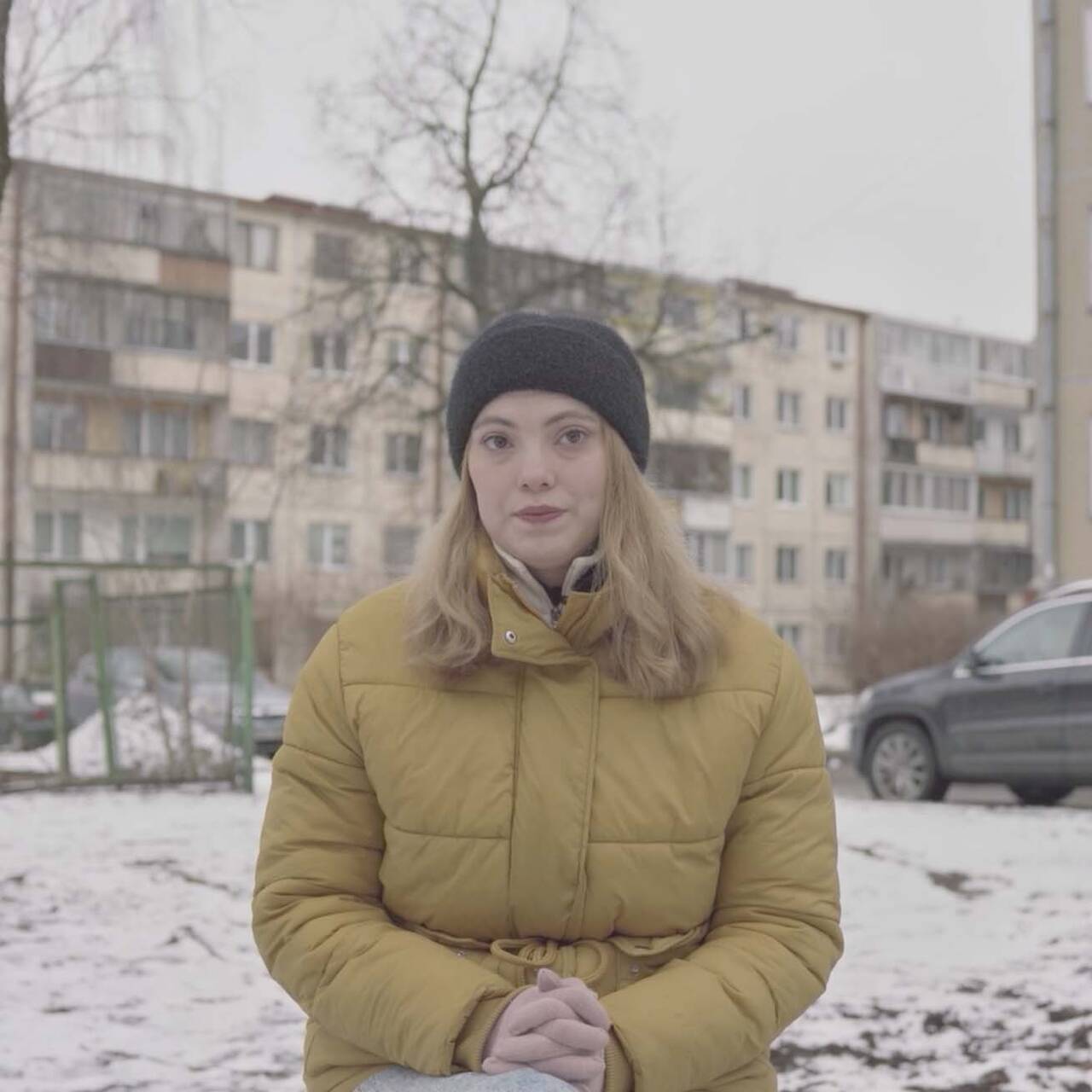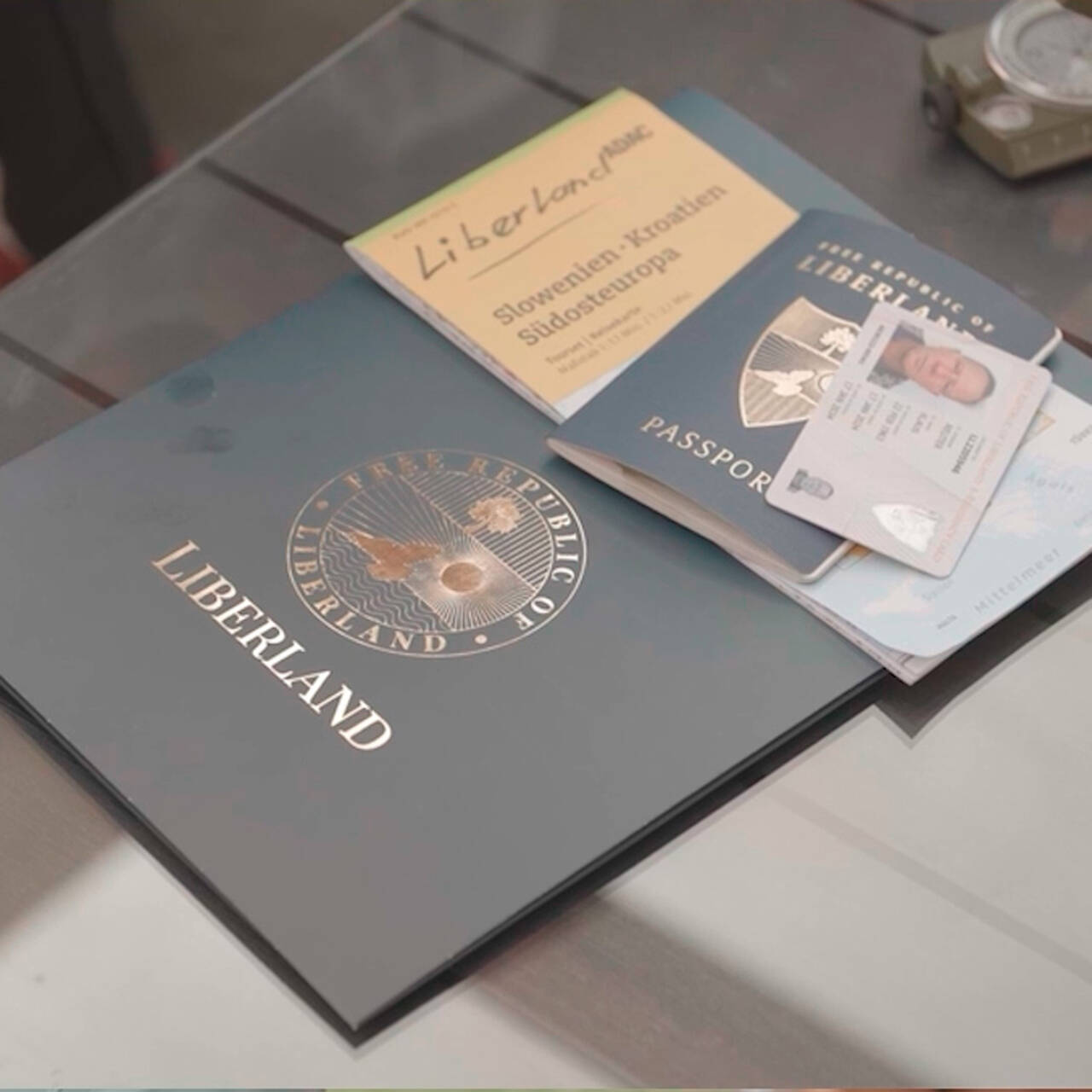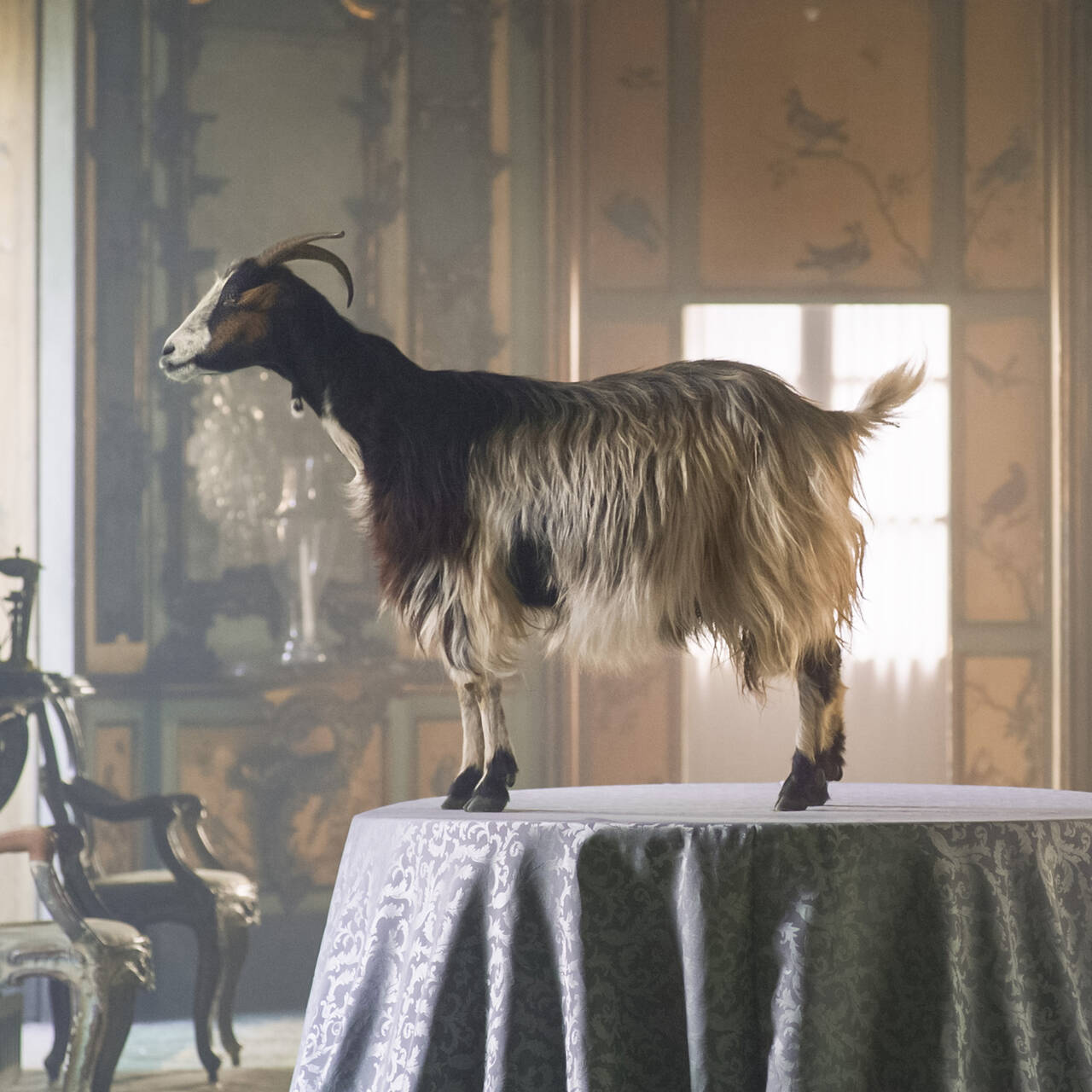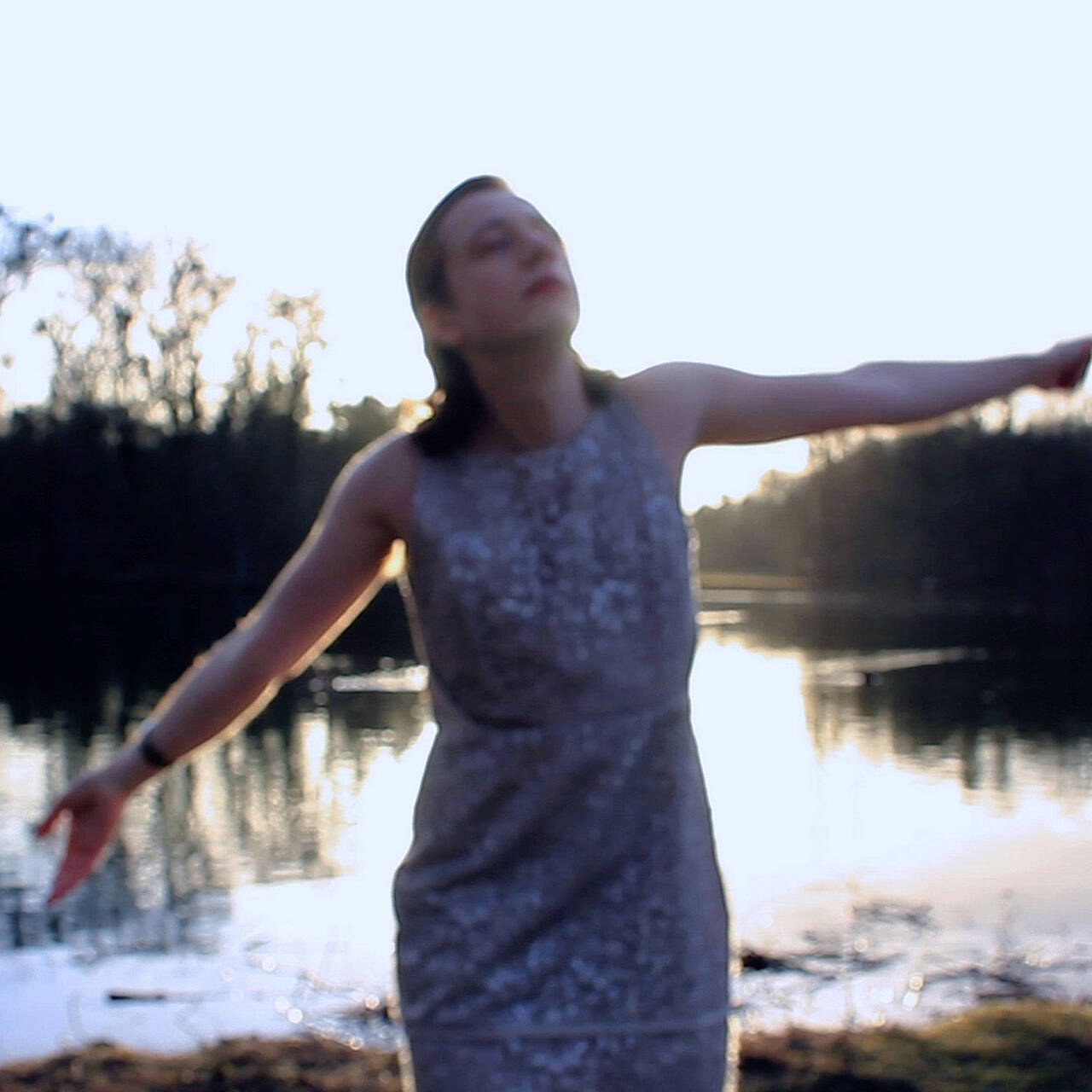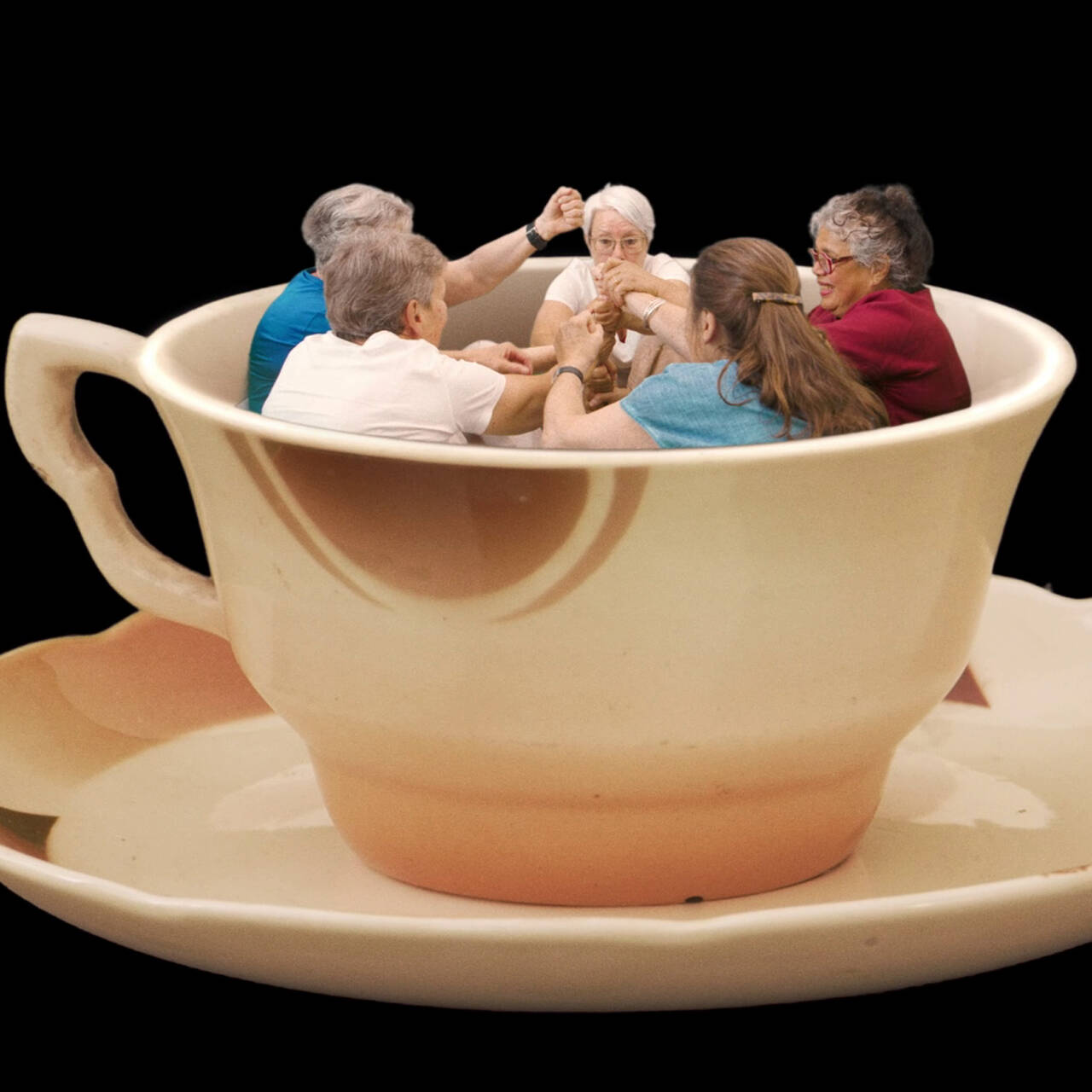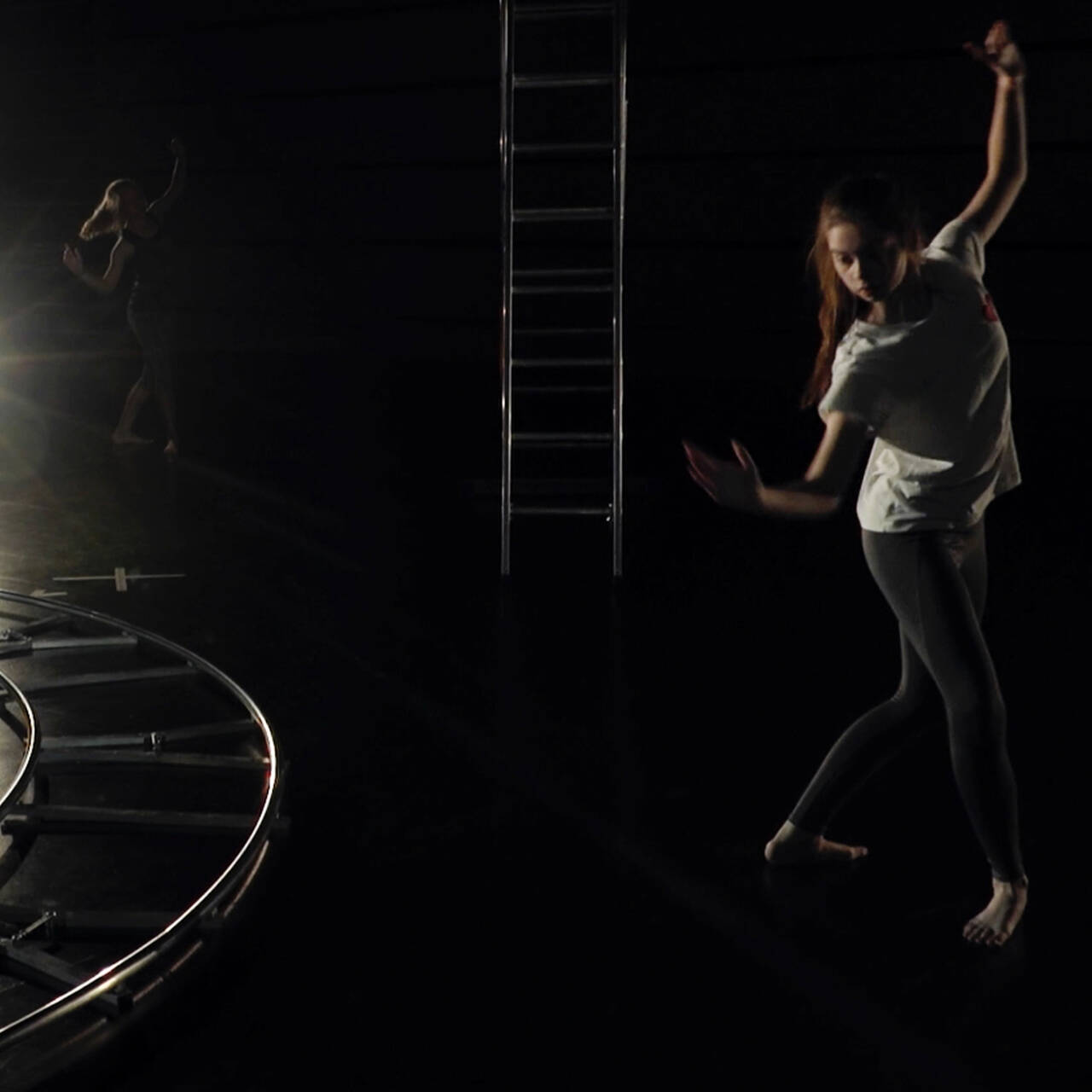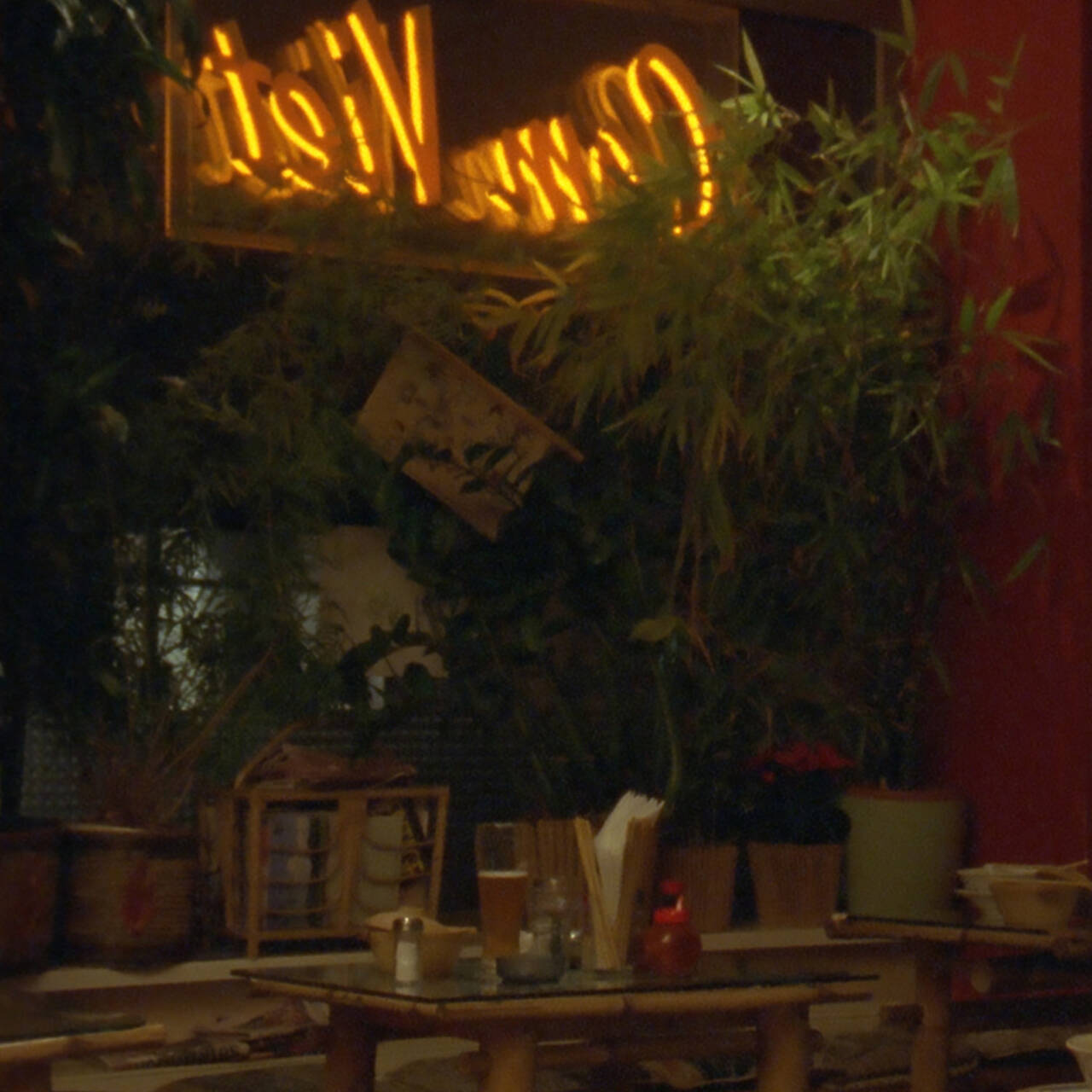The video works by Alexey Vanushkin present their own flood of images to the viewer, drawn from the visual overload of the mass media.
The Internet – a giant photo album in which anyone can post their snapshots. Wikimedia Commons, a collection of images, videos and audio files that anyone can use, comprises more than 50 million media files: The total volume of the collection amounts to more than 41 terabytes of data – of which 40 terabytes are image files alone. And the collection of images is growing constantly. In 2014, an average of 1.8 billion images were uploaded a day, making a grand total of 657 billion photos in the course of a single year.

In just a few clicks, you can browse your way through various scenarios of life, from baby photos to the obligatory animal pictures and even documentary photos from war zones. Yet where do we start with the flood of images we find ourselves confronted with on a daily basis?
Kitschy synthesizer sounds alternate with a music box melody
The video works “The Wandering Kind” (2016) and “Alphabet” (2017) by Alexey Vanushkin, who studied at Novosibirsk State College of the Arts and under Douglas Gordon at the Städelschule in Frankfurt, present us with their own flood of images. In “The Wandering Kind”, Vanushkin creates a collage combining primarily black-and-white and some color photos, as well as video footage: Advertising images, photos from crisis zones, apparent snapshots, and art prints are all arranged in sequence, while as a soundtrack spherical and kitschy synthesizer sounds alternate with a music-box melody that burbles along aimlessly.

Only the eponymous “Wandering Kind” breaks with the weighty significance of the collage: It’s an animated penis that stands motionless, but then starts to potter along again slowly and unashamedly through an image or, indeed, rises up cheerfully. This somewhat conspicuous “Wandering Kind” also dominates the start of the film: Against a white background, the image draws ever closer to the animated phallus until it suddenly finds itself in a bleak landscape. “When I woke up, I had this bittersweet feeling of wanting to never wake up and keep dreaming, because whatever the dream was it was so much better than today or tomorrow”, then appears on the screen before the flood of images begins.
In “Alphabet”, Alexey Vanushkin structures these bundles in an entirely different context. Here, we see each still for almost five seconds as the camera pans from right to left, zooming in and out.
When I woke up, I had this bittersweet feeling of wanting to never wake up and keep dreaming.

Across the images, individual words like “attack”, “being”, and “dream” are emblazoned, as the entire alphabet is gradually covered. On the soundtrack, various classical piano melodies alternate, but end abruptly with the cut, until they subsequently weave into one another and quickly merge into polyphonic, slightly dissonant sound structures.
The alphabet is examined here for its possibilities of meaning
Where in “Zorns Lemma” (1970), experimental filmmaker Hollis Frampton developed a kind of non-verbal sign language using the alphabet, here the alphabet is examined for its potential for meaning and orderly arrangement. On a historical picture of the “Omaha Race Riots” and the associated lynching of Will Brown, “Knowledge” is displayed in big red letters above the picture. A scenario of Hitler Youth sitting in a semicircle in front of a radio is surtitled with the word “Faithful”. Images that have to be called back again and again into our collective memory. Looking away is not an option, Alexey Vanushkin makes that clear.

As favorite movie Alexey Vanushkin chose "Blue" (1993) by Derek Jarman. The last work of the artist and filmmaker was released four months before Jarman died as a result of his AIDS-related illnesses. Consisting of a single shot, the film shows a blue frame with a musical soundtrack and a voice-over by the artist himself. At the time already partially blind, the poetic and diarist text documents Jarman's AIDS-related illness and imminent death. The rich blue – a reference to Yves Klein – and the auditive essay are put together to a autobiographical as well as philosophical examination of the monochrome blue as a symptom of his illness as well as in its symbolism as a color.
In doing so, Jarman identified with Yves Klein's conception of color as a void or zone of immateriality. In a late proposal for the film, the artist stated: “The monochrome is an alchemy, effective liberation from personality. It articulates silence. It is a fragment of an immense work without limit. The blue often he landscape of liberty.” Like a kind of antithesis to Vanushkin's video works, Jarman shows a single image that blends with an autobiographical essay to a poetic and subjective experience. By contrast, Vanushkin's flood of images appears to be made up of thousands of realities. While we are in a way released from the image in Jarmans work, Vanushkin throws us into the world of images.
It is a fragment of an immense work without limit. The blue of the landscape of liberty.
Discover more exciting video art in the program of the SCHIRN




